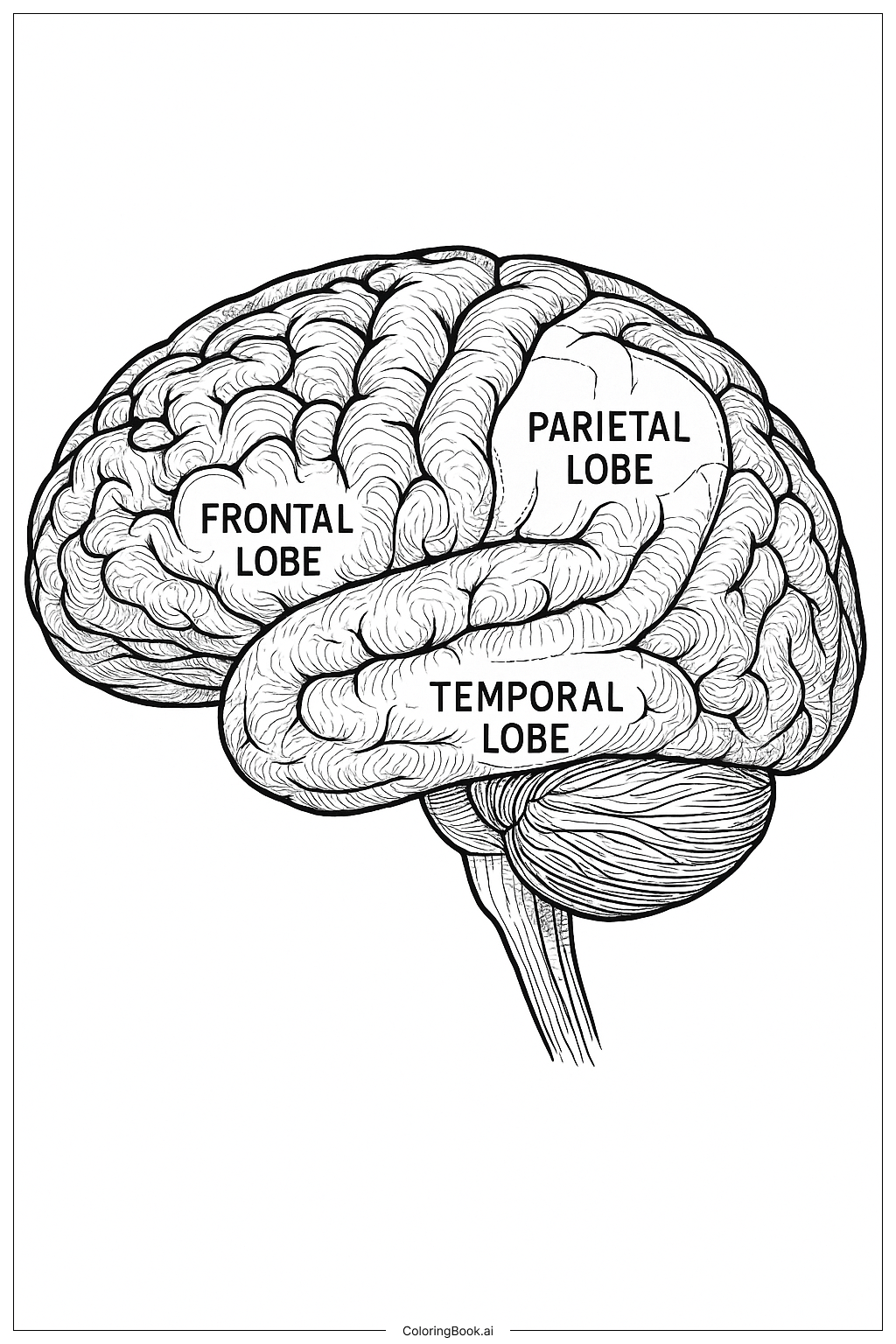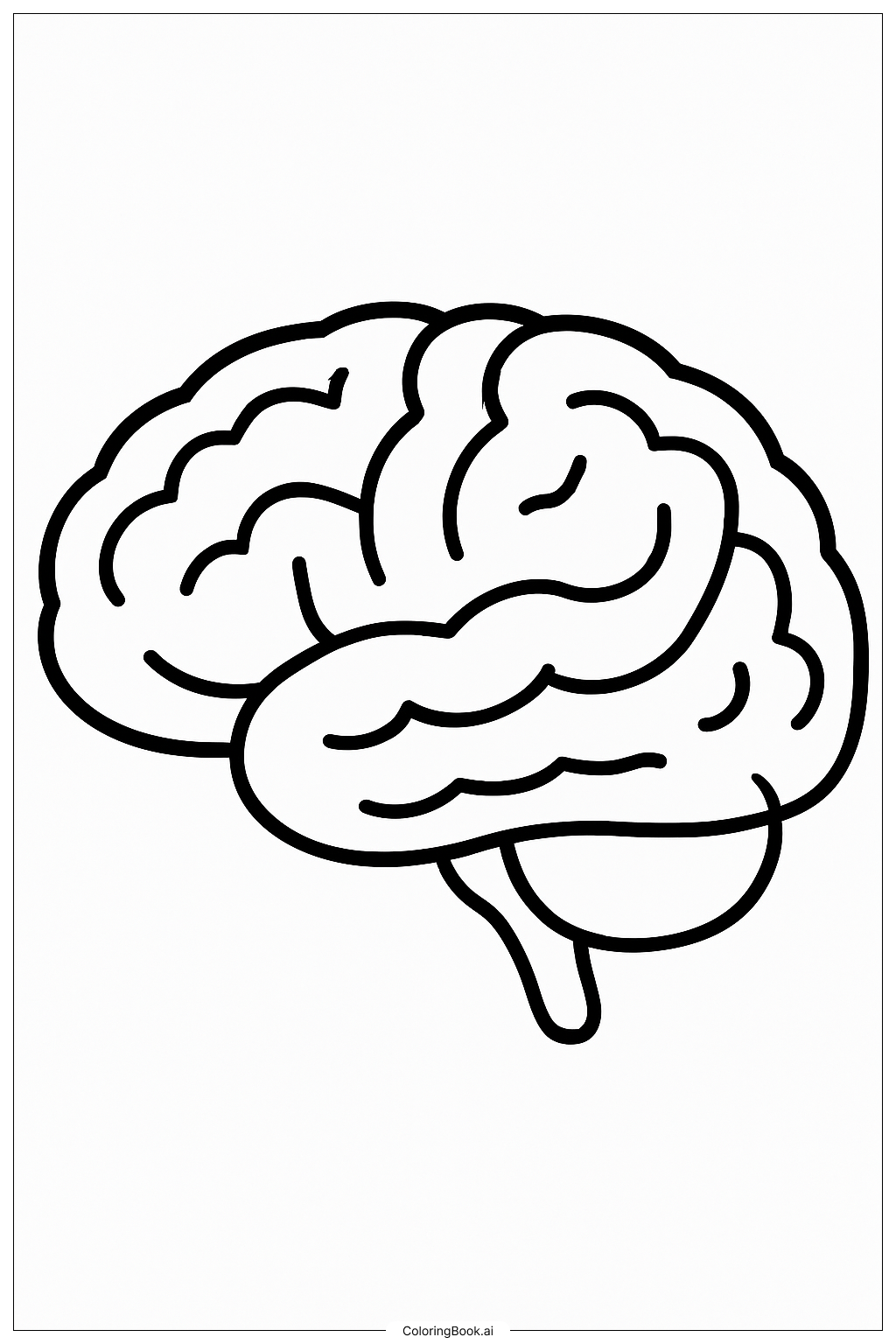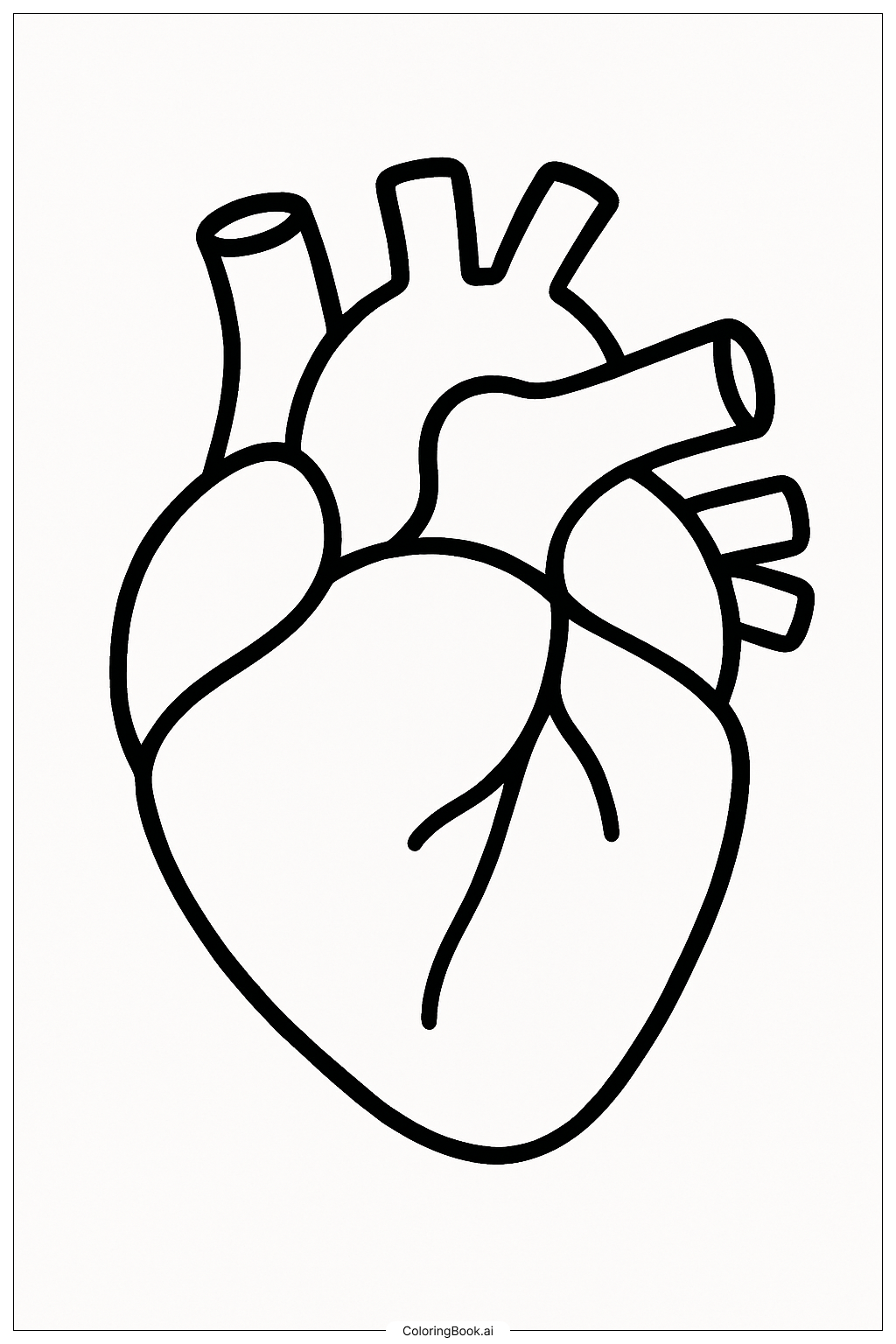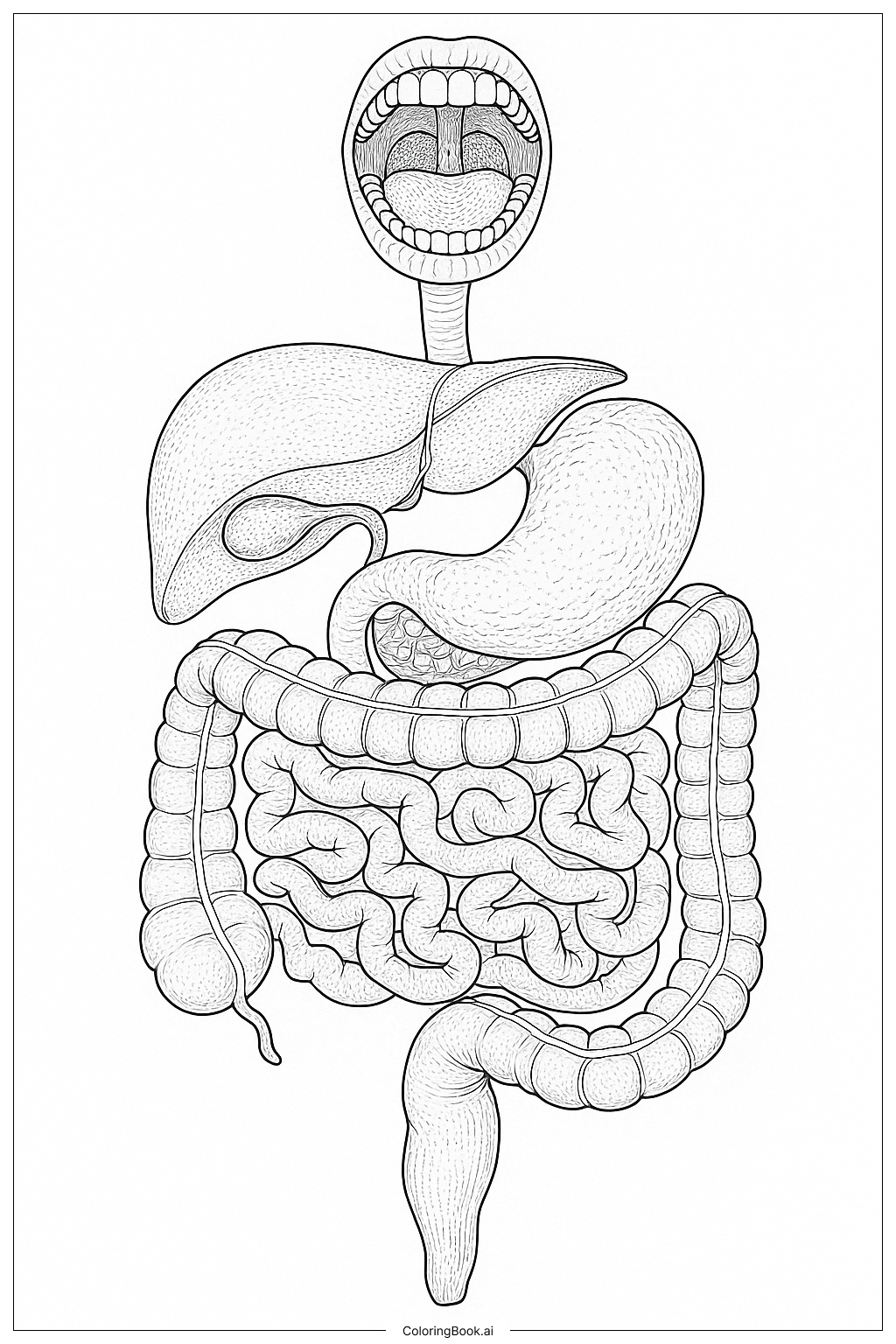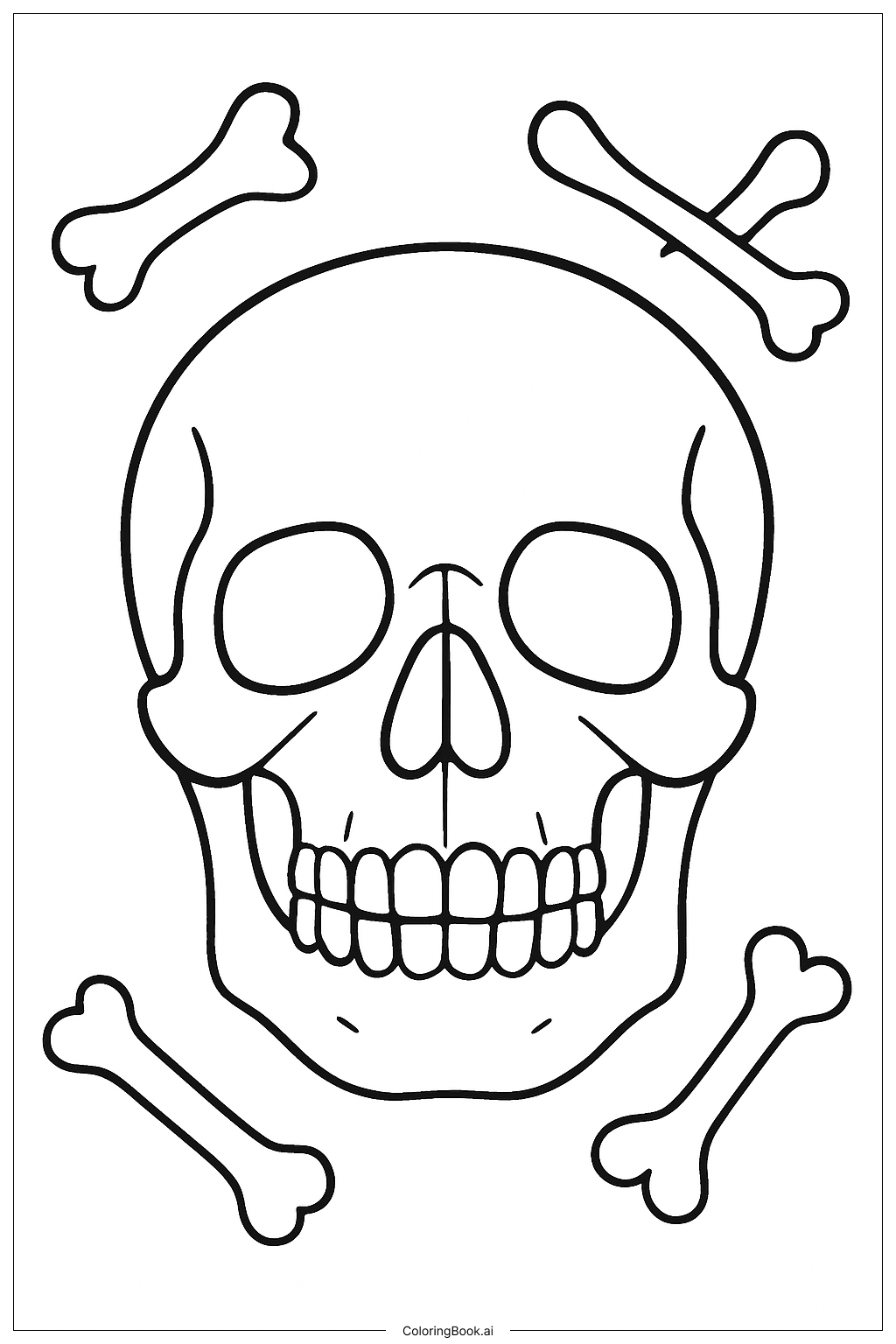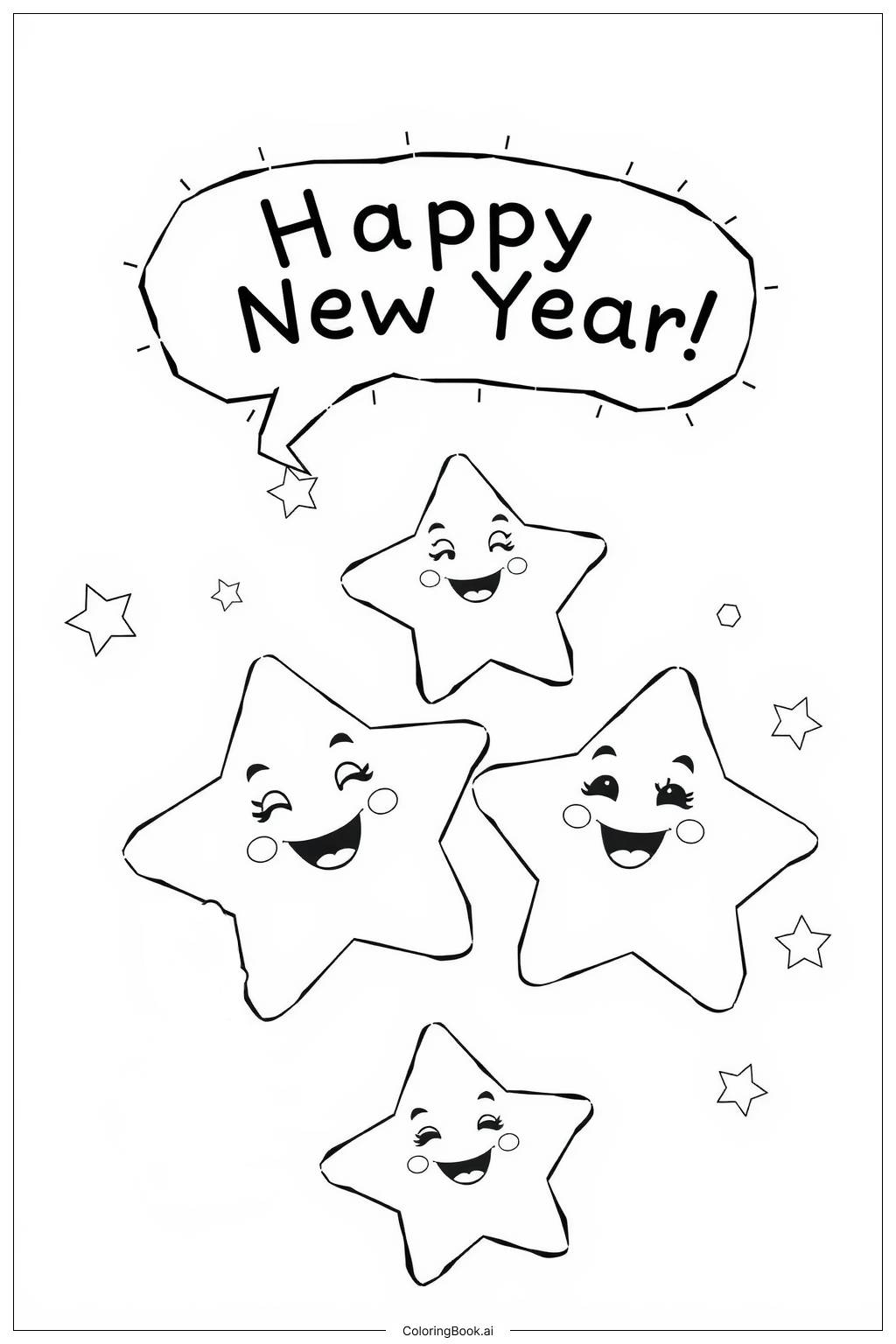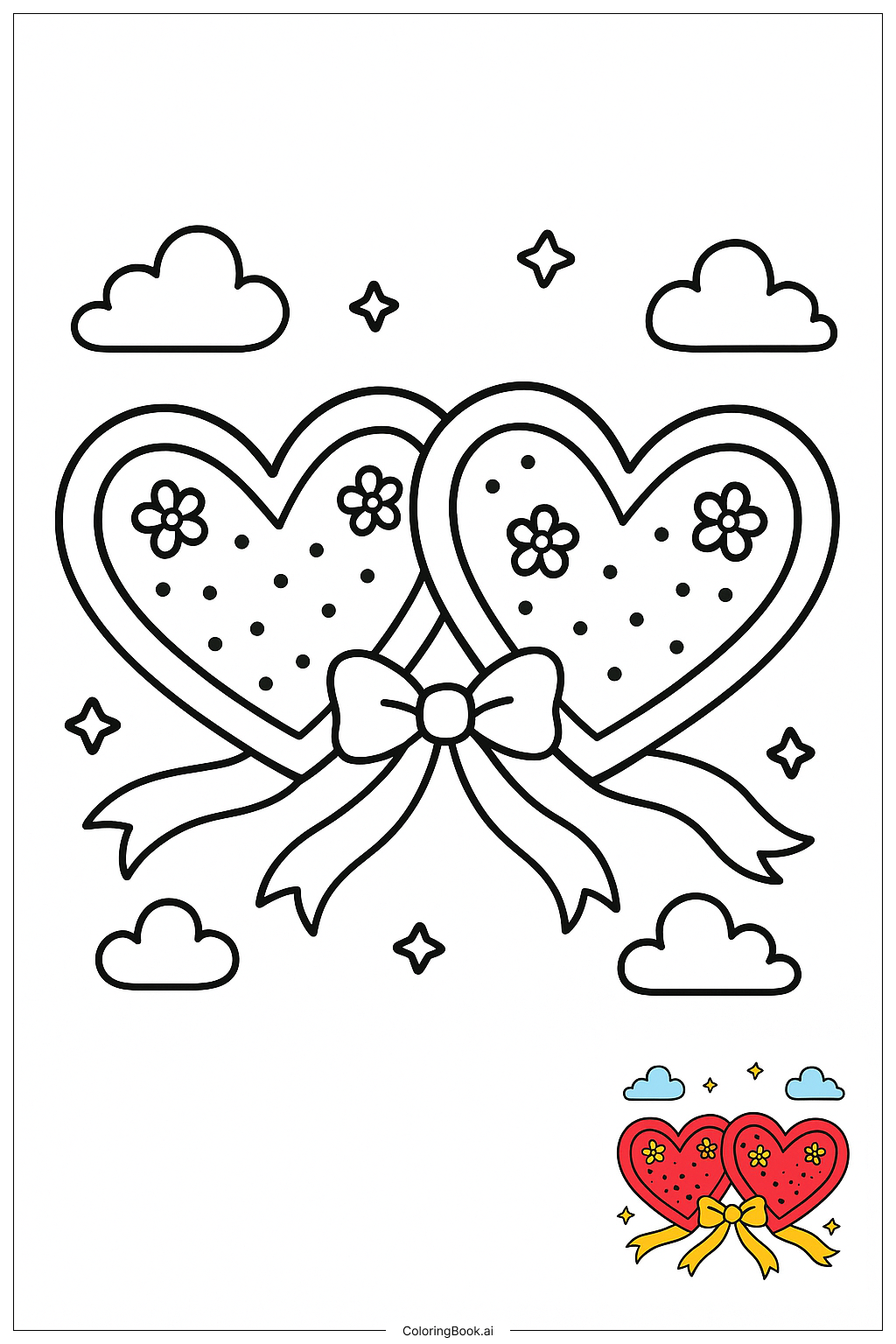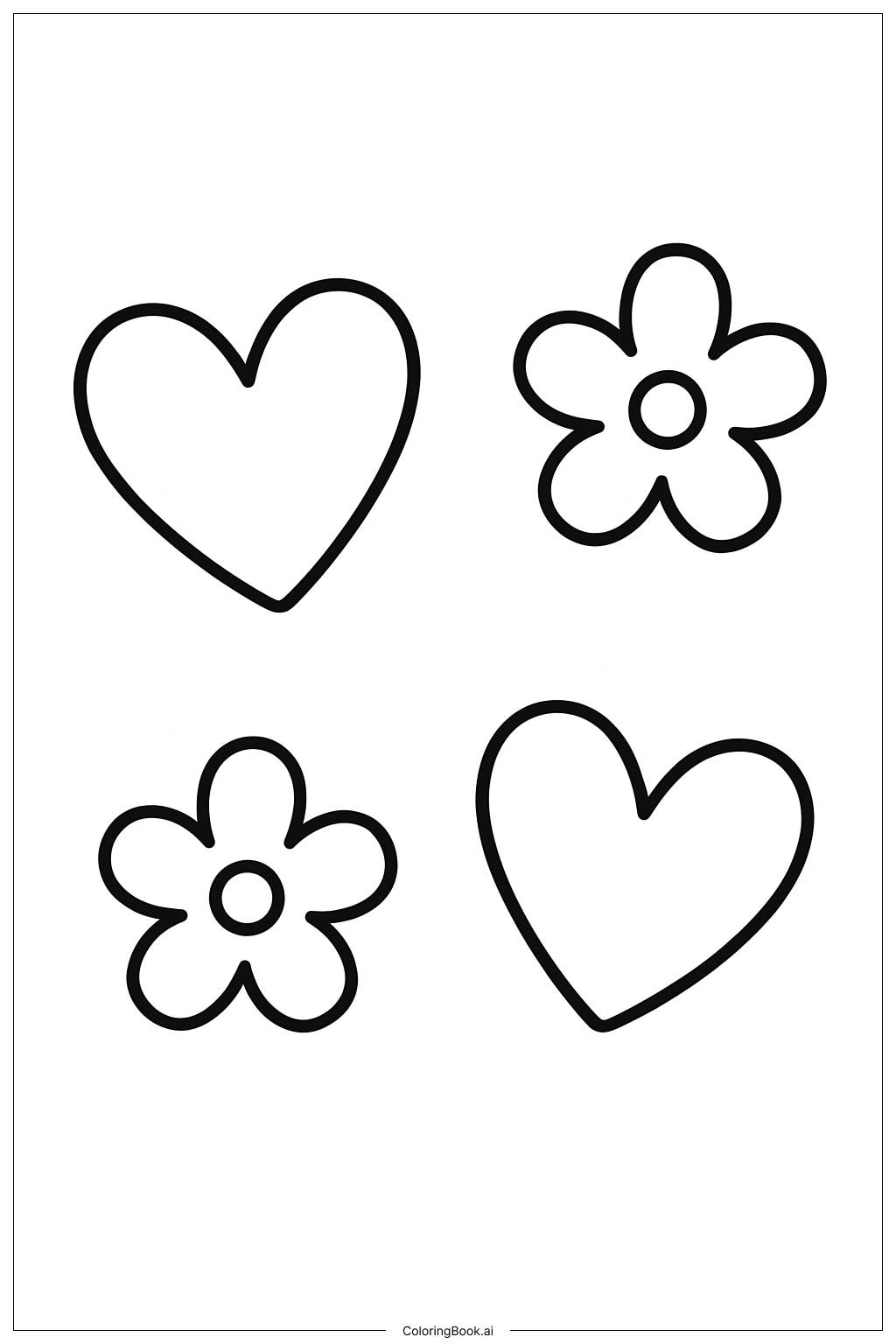Coloring tips: How to color Detailed Brain Lobes Anatomy coloring page well?
Use different bright colors for each lobe to help distinguish them easily. For example, you can color the frontal lobe blue, the parietal lobe green, and the temporal lobe yellow. Try to color inside the lines carefully to keep the lobes clear and separate. You can add shading by using lighter and darker tones of the same color to give a 3D effect. Use a fine-tip marker or colored pencil to color the small details and folds of the brain. This will make your coloring look neat and detailed.
Coloring challenges: Which parts are difficult to color and need attention for Detailed Brain Lobes Anatomy coloring page?
1. The many small curves and folds of the brain can be tricky to color neatly.
2. Keeping colors inside the brains’ boundaries requires careful attention.
3. The thin lines separating the lobes make it hard to avoid color bleeding between areas.
4. Adding shading and texture can be challenging but helps make the image more realistic.
5. Coloring the brainstem and lower parts might be smaller and need more precision.
Benefits of coloring books: Advantages of drawing Detailed Brain Lobes Anatomy coloring page
Coloring this brain image helps children learn the names and locations of important brain parts. It improves their focus and attention to detail because they have to color carefully inside the lines. Coloring also boosts creativity as they choose colors and shading styles. It helps develop fine motor skills and hand-eye coordination while being a fun and educational activity. Overall, it promotes better understanding of human anatomy in an enjoyable way.
